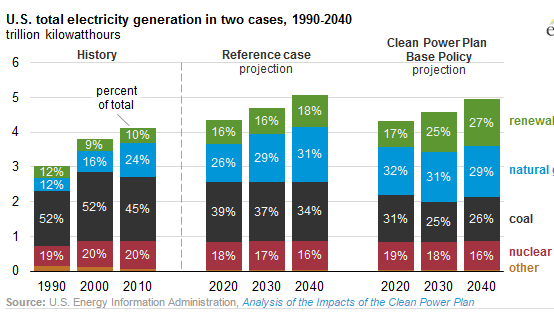As the fight against Climate Change has gained momentum, so too has the campaign surrounding Fossil Fuel Divestment, which according to an Oxford University study, is the fastest growing divestment movement in history.
On the surface, joining this divestment movement makes logical sense for investors concerned with climate change: man-made greenhouse gases cause climate change, the majority of man-made greenhouse gases come from burning fossil fuels for energy, and therefore investments related to fossil fuels are bad for the environment. This simple yet powerful narrative has, according to the Divest-Invest coalition, resulted in “430 institutions and 2,040 individuals across 43 countries and representing $2.6 trillion in assets committing to divest from fossil fuel companies.”
As someone who supports the fight against climate change, it is extremely encouraging to see that so many institutions, corporations, and private individuals are putting their money where their mouth is. Unfortunately, while I applaud the intent of the movement, the narrative driving fossil fuel divestment is oversimplified, and the impact of the campaign is (in many ways) counterproductive. In reality, those who want to help the fight against climate change should likely be investing in fossil fuel companies and trying to help them evolve into more environmentally conscious organizations.
In order to understand why I am convinced that fossil fuel divestment is counterproductive, you first have to understand what the goal of the climate change movement is: cemented at COP 21 this past December, the stated goal of the 196 nations attending was to limit global warming to less than 2 °C compared to pre-industrial levels. To be fair, unless you’re a climate scientist, this probably does not mean much to you, so perhaps a better way of understanding the goal of climate change is to examine what that means.
In the United States, President Obama’s Clean Power Plan (CPP) is the road map the US is using to do our part in hitting the global 2°C target. For context, this plan has generally been viewed as an “aggressive” approach, and the CPP is currently being challenged in court by 24 states. As such, while some environmentalists may argue that the CPP does not go far enough, it is very unlikely that a more aggressive plan could be practically implemented.
So what is does our “aggressive” approach to fighting climate change look like? The US EIA summarizes the impact of the CPP on our electric generation mix in the chart below:

It is likely surprising to some to find that implementation of the Clean Power Plan does not come anywhere close to meaning “100% renewables”. In fact, as currently structured, we’re still going to be getting 55% of our electricity from fossil fuels in 2040. Moreover, as compared to the reference case in which the CPP is not enacted, the CPP actually calls for increased natural gas usage in the short/medium term. The key takeaway is that even if we exceed our stated goals, in every practical scenario, fossil fuels are going to play a key role in the US energy mix for a long, long time.
As such, given that eliminating fossil fuels is a fairy tale, the goal of those who support the fight against climate change can not only be to increase the % of renewables in our generation mix, but must also focus on improving the way in which we utilize fossil fuels. Practically, we probably can’t eliminate coal use in the next 30 years, but we can make it cleaner. Practically, we definitely can’t eliminate natural gas in the next 30 years, but we can use it more efficiently. The bottom line is that for the foreseeable future, innovation in the fossil fuel sector is just as important to the fight against climate change as is innovation in renewable sector. To hit 2°C, we need both.
And herein lies my problem with the divest movement. If you care about climate change, you should not want to distance yourself from fossil fuel companies, you should want to engage with these organizations and make them better. And if you want to change these organizations, far from divesting, the most effective way to do so is likely to be a shareholder. Instead, as the divest movement gains momentum, many shareholders who care about climate change are simply disengaging from these organizations, and taking their influence with them. Personally, I don’t understand why that makes sense.
